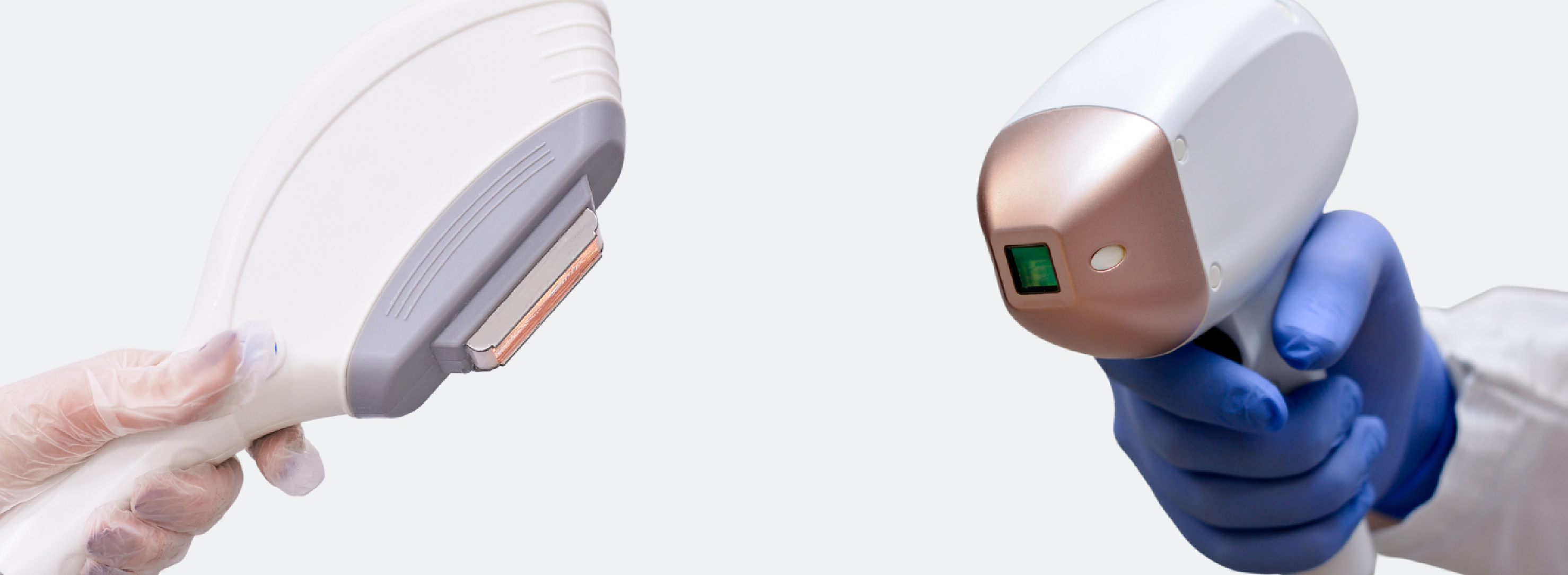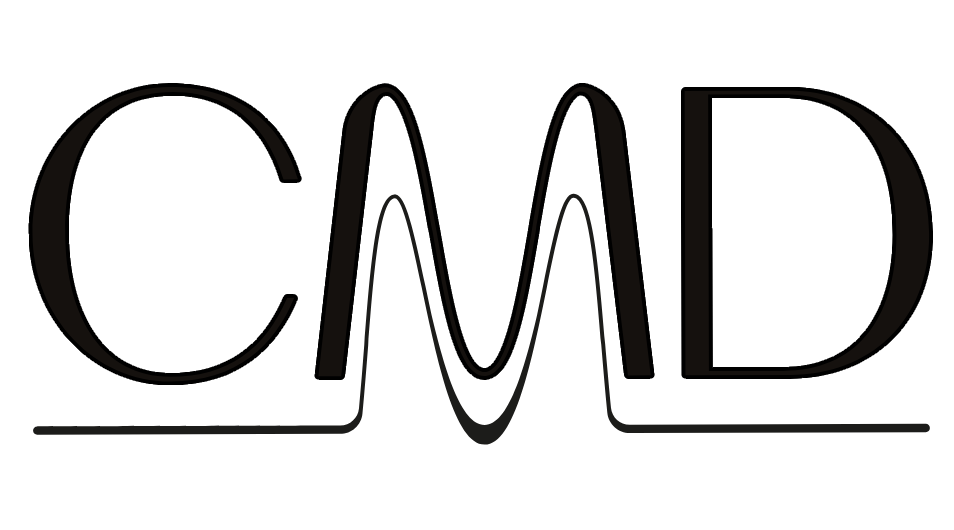Interested in advanced aesthetic technology?
AT CMD, WE UNDERSTAND THE IMPORTANCE OF RELIABILITY AND OFFER A CURATED SELECTION OF NON-SURGICAL AESTHETIC DEVICES.
OUR GOAL IS TO EMPOWER YOU TO MAKE PROFITABLE CHOICES FOR YOUR BUSINESS, ENSURING YOU STAY AHEAD IN THE DYNAMIC FIELD OF AESTHETIC TREATMENTS.
CMD AESTHETIC SOLUTIONS D.O.O.
Kidričeva ulica 24, Celje, 3000
What are the differences between IPLs and lasers?
Date
Category
CMD
Understanding the Distinctions Between IPLs and Lasers in Aesthetic Treatments
In the world of aesthetic treatments, the array of options can be overwhelming for clinic owners. To make informed decisions, understanding the distinctions between technologies is crucial. In this exploration, we delve into LASERS, Intense Pulsed Light (IPL), and the emergent Super Hair Removal (SHR) technology, unraveling the intricacies to guide clinic owners on their tech journey.
Energy Source: The Power Behind the Beam
The energy source behind lasers involves stimulated emission, resulting in a focused and concentrated beam crucial for precise treatments. In contrast, IPLs draw power from flash lamps, often xenon-based, creating non-coherent, non-collimated light.
Understanding Wavelengths: The Core of the Matter
Lasers stand out by emitting a single, precise wavelength (e.g., 532nm, 808nm, or 1064nm), making them ideal for specific treatments as hair and tattoo removal or fractional skin resurfacing. On the other hand, IPLs showcase their versatility with a broad range of wavelengths, anywhere from 450nm to 1200nm without the ability of emitting precise wavelength.
Light Characteristics: Shaping the Treatment Landscape
Coherence plays a pivotal role, with lasers, light is coherent, meaning its waves are synchronized and travel in a parallel direction, producing a focused beam which results precise treatments. IPLs, lacking coherence, as it consists of multiple wavelengths emitted in
various directions.
Collimation and monochromaticity further distinguish lasers by maintaining intensity without significant spread over distance, and enhancing selectivity in chromophore absorption, respectively.
Bridging the Gap: SHR Technology
In addition to IPLs, Super Hair Removal (SHR) technology has gained attention. SHR, although not a laser, utilizes a sweeping motion of light pulses for hair removal. Similar to IPLs, SHR falls under the category of lamp-based technologies. However, it’s essential to recognize that while these technologies may provide hair removal results, they differ in precision and selectivity compared to laser therapies.
Practical Applications: Choosing the Right Tool for the Job
In practice, lasers typically provide more targeted and concentrated results compared to IPLs and SHR, which makes Laser indispensable for tasks like Hair and Tattoo removal, and removal of vascular lesion, where pinpoint accuracy is paramount. IPLs, with their versatility, find application in broader concerns like skin rejuvenation issues.
Key Considerations for Clinic Owners
It’s worth noting that despite advancements in IPL technology, lasers still offer superior selectivity. IPLs have limitations, especially when treating darker skin types, as they may not be as selective as lasers. When melanin content exceeds a certain threshold, IPL energy may need to be reduced, potentially affecting treatment efficacy.
Conclusion: Navigating the Tech Terrain
In the ever-evolving world of aesthetic technology, selecting the appropriate technology for aesthetic treatments involves a thorough understanding of the distinctions between lasers and IPLs. Consulting with qualified professionals and considering factors such as skin type, treatment area, and desired results will guide individuals toward making informed choices for optimal outcomes in aesthetic procedures.
Check out SPECTRIO Pro, a revolutionary Diode hair removal device. Don’t hesitate to Contact-Us for any inquiries.
